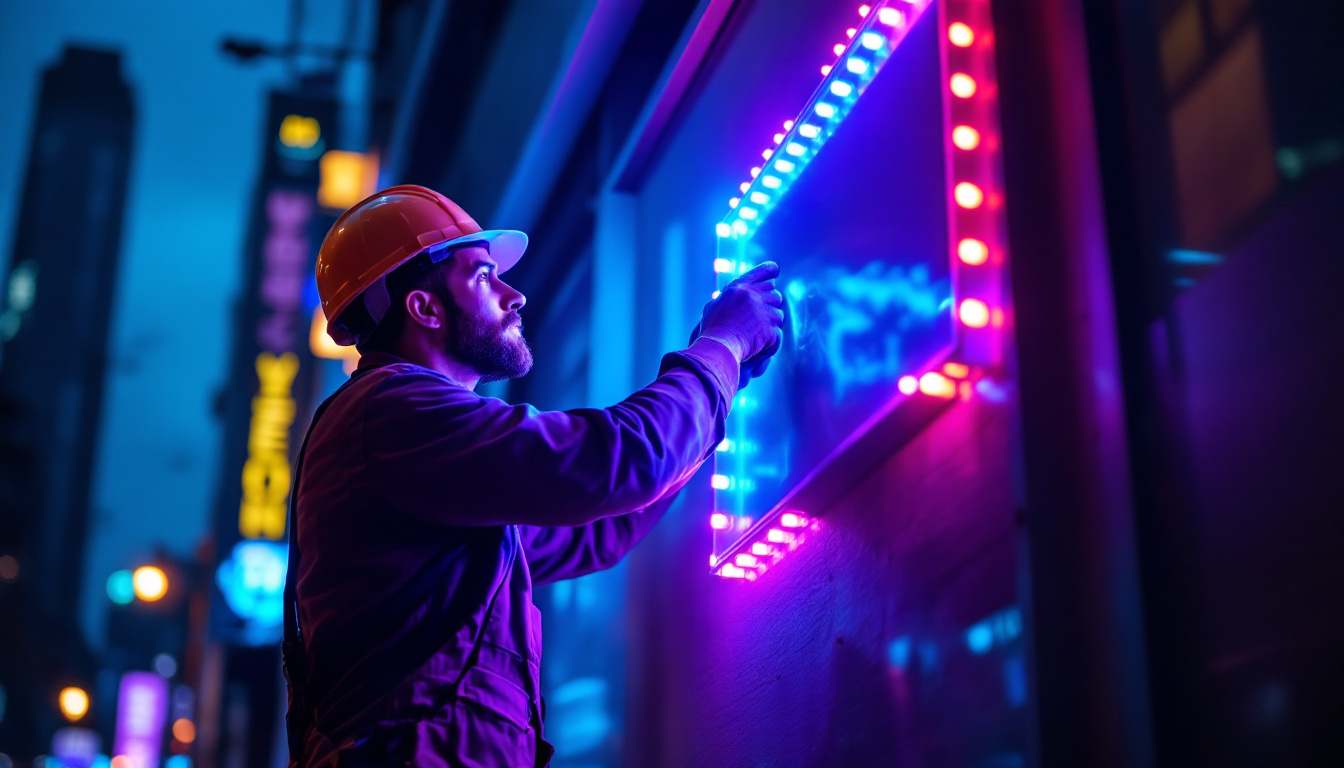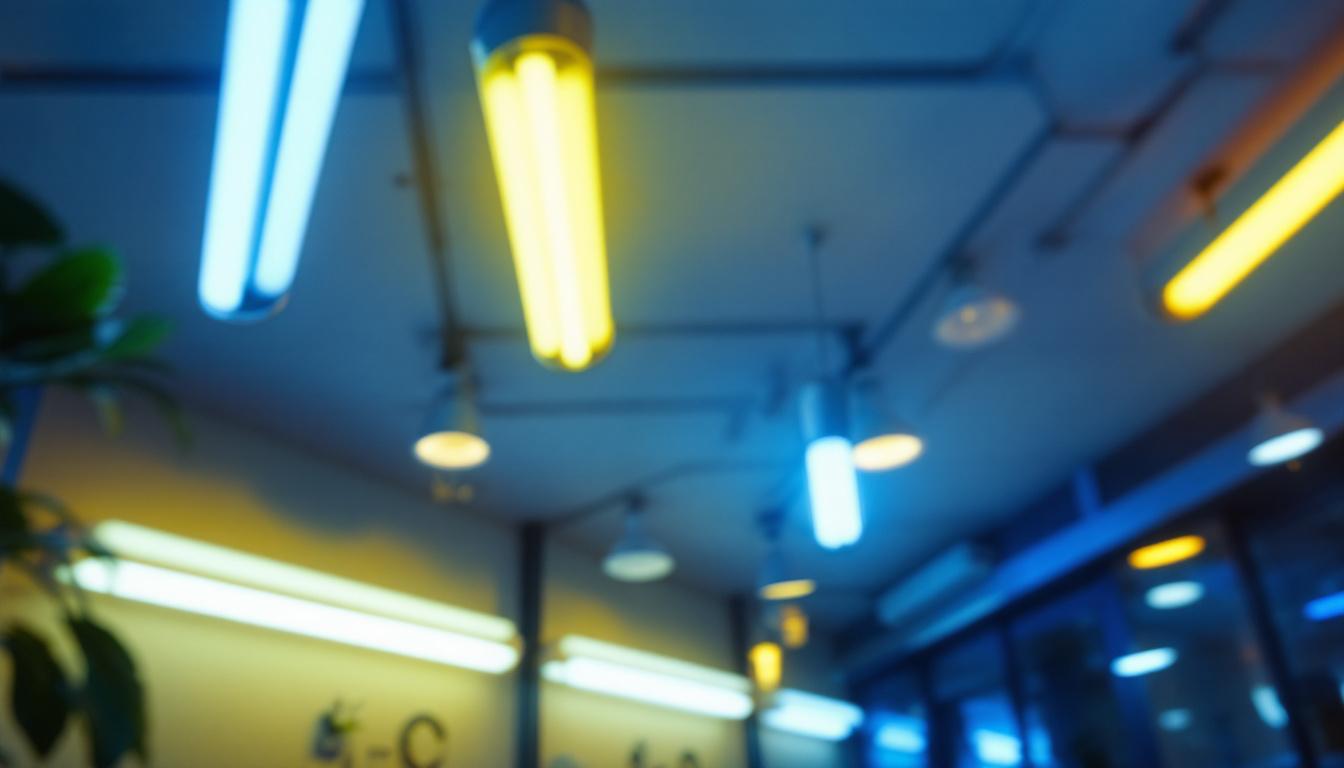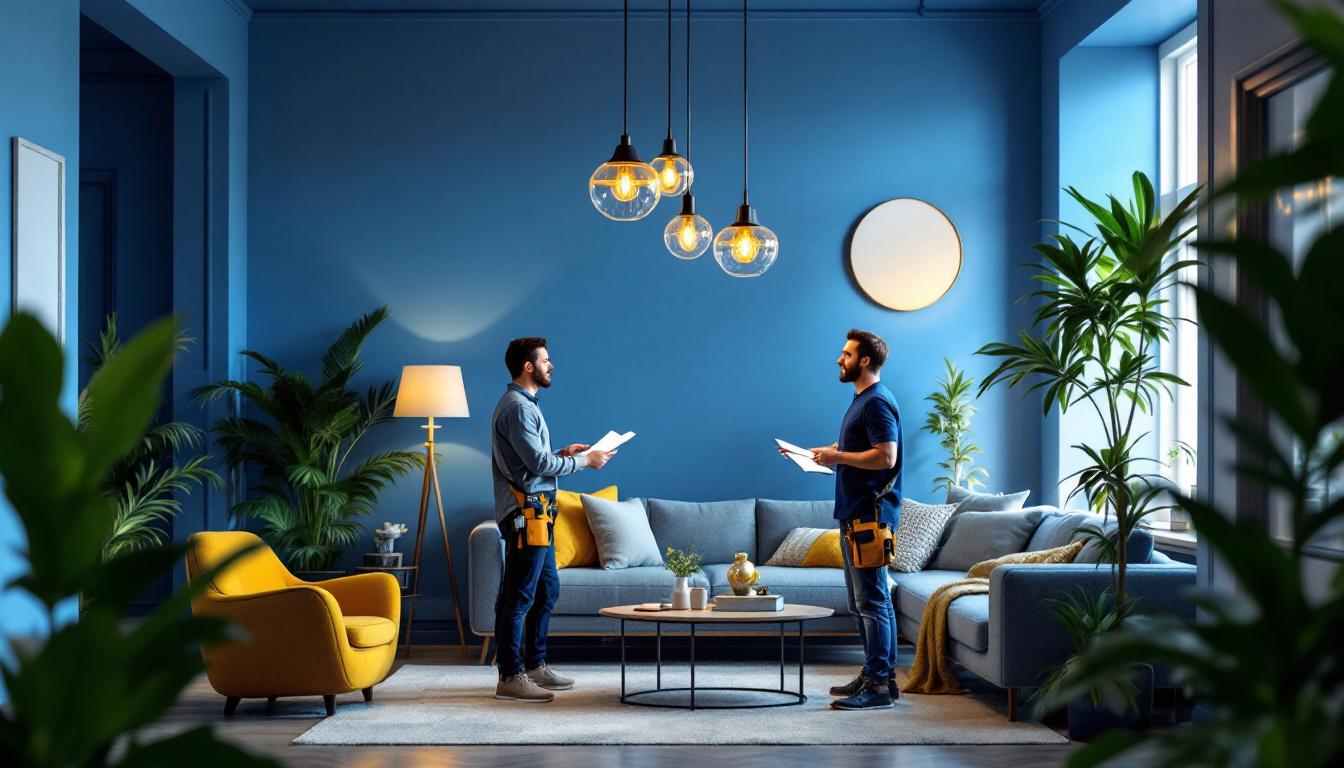
Lighting plays a crucial role in the overall atmosphere and functionality of a recording studio. It not only enhances the aesthetic appeal but also contributes to the creative process. Proper lighting can influence the mood of artists and engineers alike, fostering an environment conducive to creativity and productivity.
Moreover, the right lighting setup can aid in reducing eye strain during long recording sessions. It is essential for contractors to understand the unique requirements of recording studios to create an optimal lighting environment that complements the acoustics and design of the space. The interplay between light and sound is a delicate balance; too much glare can distract from the auditory experience, while too little light may hinder the ability to see equipment and read music sheets clearly.
The ambiance created by lighting can significantly affect an artist’s performance. Bright, harsh lights may create a sterile environment, while warm, soft lighting can evoke a sense of comfort and inspiration. It is vital for lighting contractors to consider the psychological effects of different lighting types when designing a studio. Studies have shown that color temperature can impact mood—cooler lights can energize and stimulate, while warmer tones can promote relaxation and focus. This understanding allows for a more tailored approach to lighting that aligns with the specific needs of the artists working in the studio.
Additionally, adjustable lighting options allow artists to customize their environment according to their preferences. This flexibility can lead to improved creativity and a more enjoyable recording experience. For instance, dimmable lights can help create a more intimate setting during vocal recordings, while brighter settings may be preferred for collaborative sessions. The ability to manipulate lighting not only enhances comfort but also encourages experimentation, which is often at the heart of the creative process.
Beyond aesthetics, the functionality of studio lighting is paramount. Lighting must be versatile enough to accommodate various activities, from recording and mixing to relaxation and brainstorming. A combination of ambient, task, and accent lighting can create a well-rounded setup that meets the diverse needs of a recording studio. The strategic placement of lights can also help to minimize shadows and reflections that may interfere with sound production, ensuring that the studio remains acoustically efficient.
Task lighting, for example, is essential for areas where detailed work is performed, such as mixing consoles and editing stations. In contrast, ambient lighting provides overall illumination, while accent lighting can highlight specific features of the studio, such as artwork or architectural elements. Furthermore, integrating smart lighting systems can enhance the functionality of a studio by allowing for programmable settings that adapt to different phases of the recording process. For instance, a studio can transition from bright, focused lighting during mixing sessions to softer, more relaxed lighting during breaks, thereby supporting the workflow and maintaining a productive atmosphere throughout the day.
When selecting lighting for a recording studio, contractors should consider various types of lighting fixtures and technologies. Each type serves a specific purpose and can contribute to the overall functionality and ambiance of the space.
LED lighting has become increasingly popular in recording studios due to its energy efficiency and versatility. These lights are available in various color temperatures, allowing for customization of the studio’s atmosphere. Additionally, LED lights produce minimal heat, making them ideal for environments where temperature control is crucial.
Moreover, many LED fixtures are dimmable, enabling contractors to create adjustable lighting scenarios that cater to different recording needs. This flexibility is particularly beneficial in studios where lighting requirements may change throughout the day.
Fluorescent lights are another option worth considering. They provide bright, even illumination and are often used in larger spaces due to their ability to cover extensive areas without creating harsh shadows. However, fluorescent lighting can sometimes produce a flicker that may be distracting during recording sessions.
For this reason, it is essential to choose high-quality fluorescent fixtures that minimize flicker and provide a consistent light output. Additionally, using diffusers can help soften the light and reduce harshness, creating a more pleasant environment.
While less energy-efficient than LED and fluorescent options, incandescent lighting offers a warm, inviting glow that many artists find appealing. These lights can create a cozy atmosphere, making them suitable for relaxation areas within the studio.
However, contractors should be mindful of the heat generated by incandescent bulbs, as excessive heat can affect both equipment and comfort levels in the studio. Incorporating incandescent lights in moderation, alongside other lighting types, can strike a balance between warmth and functionality.
Designing a lighting scheme for a recording studio involves several considerations that go beyond merely selecting fixtures. It requires an understanding of how light interacts with sound, space, and the overall design aesthetic.
Lighting fixtures can influence the acoustic properties of a studio. Hard surfaces reflect sound, while soft surfaces absorb it. When selecting lighting, contractors should consider the materials used in the fixtures and their placement within the studio. For instance, using fixtures with soft, diffused light can help reduce reflections that may interfere with sound quality.
Additionally, positioning lights strategically can minimize shadows and glare, further enhancing the acoustic environment. This holistic approach ensures that lighting complements the studio’s sound design rather than detracting from it.
The layout of the studio plays a significant role in determining the lighting design. Lighting contractors should collaborate with architects and interior designers to create a cohesive plan that integrates lighting seamlessly into the overall design. This collaboration can help identify key areas that require focused lighting and ensure that the lighting complements the studio’s workflow.
Furthermore, considering the physical layout of the studio can help identify potential obstacles that may block light or create unwanted shadows. A well-planned lighting layout enhances both functionality and aesthetics, resulting in a more effective recording environment.
Color temperature is another critical factor in lighting design. The color temperature of lighting can evoke different moods and feelings, influencing the creative process. Warmer temperatures (around 2700K to 3000K) create a cozy and inviting atmosphere, while cooler temperatures (5000K and above) can promote alertness and focus.
Incorporating lighting control systems allows contractors to adjust the color temperature and intensity of the lights according to the needs of the moment. This adaptability is particularly beneficial during different stages of the recording process, where specific lighting conditions may enhance creativity or focus.
As technology continues to evolve, smart lighting systems have become a valuable addition to modern recording studios. These systems offer enhanced control and customization, allowing contractors to create dynamic lighting environments tailored to various activities.
Smart lighting systems provide a range of benefits, including remote control capabilities, programmable settings, and integration with other studio technologies. This level of control enables contractors to create specific lighting scenes for different recording sessions, ensuring that artists and engineers have the ideal environment for their work.
Additionally, smart lighting can enhance energy efficiency, as these systems often include features such as occupancy sensors and scheduling options. This not only reduces energy costs but also contributes to a more sustainable studio operation.
When selecting a smart lighting system, contractors should consider compatibility with existing equipment and the specific needs of the studio. It is essential to choose a system that offers flexibility in terms of control options, whether through mobile apps, voice commands, or physical switches.
Furthermore, it is advisable to look for systems that allow for easy integration with other smart technologies within the studio, such as sound and video equipment. This interconnectedness can create a seamless user experience and enhance the overall functionality of the studio.
Once the lighting system is installed, ongoing maintenance and potential upgrades are essential for ensuring optimal performance. Regular checks and updates can help contractors identify issues before they become significant problems.
Regular maintenance practices should include cleaning fixtures, checking for burnt-out bulbs, and ensuring that dimmers and controls are functioning correctly. Dust and debris can accumulate on fixtures, diminishing their effectiveness and altering the quality of light. A routine cleaning schedule can help maintain the integrity of the lighting system.
Additionally, contractors should stay informed about advancements in lighting technology. New products and techniques can enhance the studio’s lighting environment, improving energy efficiency and functionality. Regularly assessing the lighting setup can lead to timely upgrades that keep the studio at the forefront of technology.
As the recording industry evolves, so do the needs of studios. Contractors should plan for future upgrades by designing lighting systems that can adapt to changing technologies and requirements. This forward-thinking approach can save time and resources in the long run.
Incorporating modular lighting solutions, for example, allows for easy replacement or addition of fixtures as needed. This flexibility ensures that the studio can evolve alongside industry trends, maintaining its relevance and appeal to artists.
Choosing the right lighting for a recording studio is a multifaceted task that requires careful consideration of various factors. From understanding the impact of lighting on creativity to integrating smart technology, lighting contractors play a vital role in creating an optimal recording environment.
By focusing on the unique needs of recording studios and staying informed about the latest advancements in lighting technology, contractors can design systems that enhance both functionality and ambiance. Ultimately, the right lighting can transform a recording studio into a space where creativity flourishes and artists feel inspired to produce their best work.
Ready to elevate your recording studio with the ideal lighting setup? At LumenWholesale, we provide lighting contractors with an exceptional range of spec-grade lighting products designed to meet the unique demands of studio environments. Our commitment to quality and affordability ensures you can create the perfect ambiance to inspire creativity without breaking the bank. With our hassle-free bulk buying options and free shipping, you’re guaranteed to find the best value for your lighting needs. Don’t compromise on quality or cost—discover wholesale lighting at the best value today and watch your studio projects shine.

Explore the essential role of dimmer lights in modern lighting installations.

Discover the top strategies lighting contractors use to maximize the impact of LED sign lights.

Discover the 4 ft fluorescent light bulb types and why they’re a game-changer for the lighting industry.

Discover how modern hanging light fixtures can be a game-changer for lighting contractors.